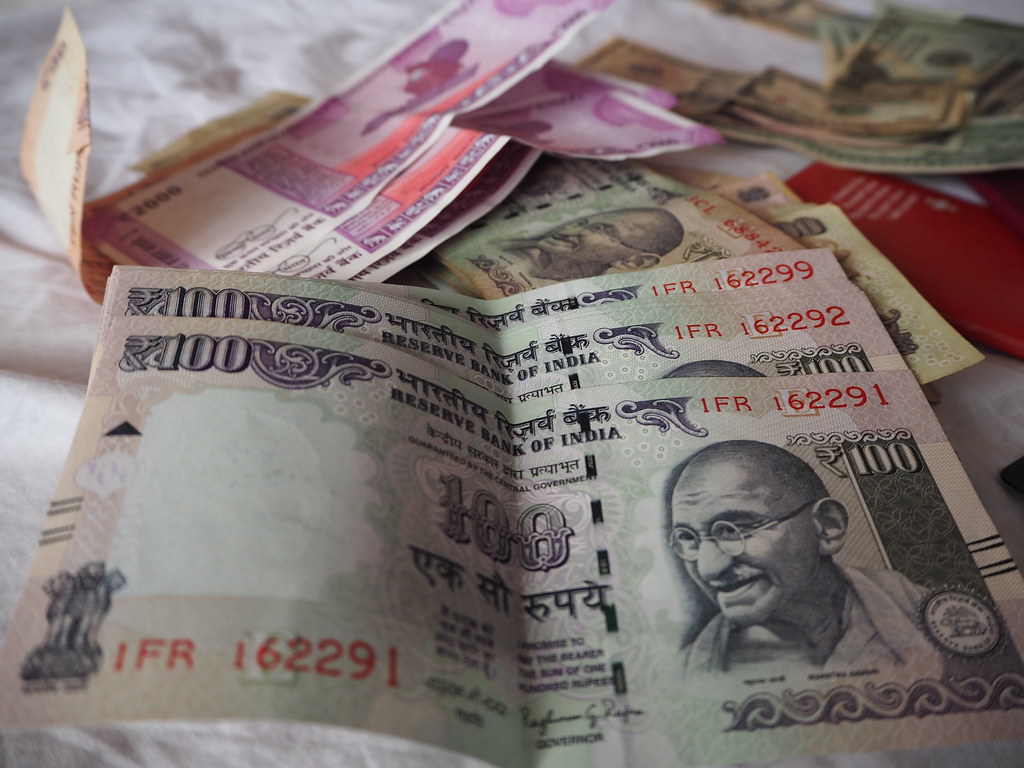The urgency to simplify and debug India’s GST
25 January, 2020To figure what is wrong with our goods and services tax (GST), we need to go back to the classroom. A 10% value-added tax across the entire economy should yield 10% of the gross value added as revenue. In India, GST collections over April-September 2019 were under 7% of the gross value added in the economy. How did that happen if the average revenue-neutral GST rate is somewhere close to 15%? For one, many goods and services were exempt—energy being a glaring example—at the insistence of states, leaving other items to shoulder an undue share of the tax burden. The Centre, which had been working towards a GST for well over a quarter of a century, yielded much ground in the last lap before launching the indirect tax system in 2017. The plethora of rates—the GST still has four slabs—also takes away some of the self-policing aspects of the tax: A buyer has less reason, and opportunity, to game the system if he and the seller are to pay the same rate. By design, thanks to input credits, it is in the interest of each link of a value-added tax chain to enforce compliance on the previous link. Multiple tax rates add to the administrative complexity of our GST.
Birth defects aside, the nascent tax has been twisted further out of shape over the past three years. A tenuously strapped together rate structure has become even more wobbly as items of mass consumption were, on populist considerations, pushed down to lower slabs. Again, by design, a value-added tax is meant to be linear; the redistributive aspects of tax policy are typically reserved for direct taxes, like those on income and profit. Rate revisions have arguably reduced the overall GST intake and made it difficult for the Centre to honour its promise to the states that they will be compensated for revenue losses in the first five years after switching over to this new indirect tax regime. Some states now want this window to be kept open for even longer. The compensation formula itself is suspect; the promised revenue projections would require the economy to grow at 10% annually if the central bank has to fulfil its official mandate of containing inflation at 4%.
As the economy slows, the states are naturally restive about compensation, and consensus becomes harder to come by. The GST Council had to hold a vote at its last meeting to decide on how lotteries would be taxed, breaking with a tradition of consensual decisions in the federal body. A committee of officials is reported to have made a presentation to the council on revised compensation projections, as India’s nominal economic growth in the first two quarters of 2019-20 slowed down to almost half the Centre’s budget expectations. With money running out and more states under Opposition-party governments, it will be a tough ask to raise the average GST rate or reduce slabs. The GST in India, as in several other countries, has been a work-in-progress well after it was introduced. Getting it right at the outset would have been unrealistic to expect. Between rolling out an unfinished tax reform and waiting for years to perfect it before launch, India made the correct choice. The country should now proceed with debugging the system. This is not just about rates and coverage, but also the processes that taxpayers must follow. These still need to be eased.

